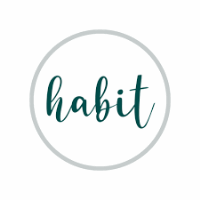 UDL Habit #3 Learner Variability
UDL Habit #3 Learner Variability
Designing from a UDL perspective takes practice. As we refine and strengthen these habits, we will be able to design learning experiences that provide equity and access for
all. We’ve been building these habits by creating clear goals (Habit #1) and predicting barriers that may interfere with achieving the goal (Habit #2). Now we’re ready to build Habit #3, recognizing and embracing
learner variability. Research shows that there is no such thing as an average learner. UDL recognizes learner variability as the true norm and reminds us that variability can change based on context. By recognizing learner variability, we will provide options so all learners can find success with the learning goal.
If you’d like to learn more about learner variability, consider watching this
3-minute video from the UDL Implementation and Research Network.
If you’d like to consider your own variability, complete this “
learner profile”. Then, think about how your own variability might change if the context changed (i.e. bad night’s sleep, not feeling well, argument with a colleague, etc.)